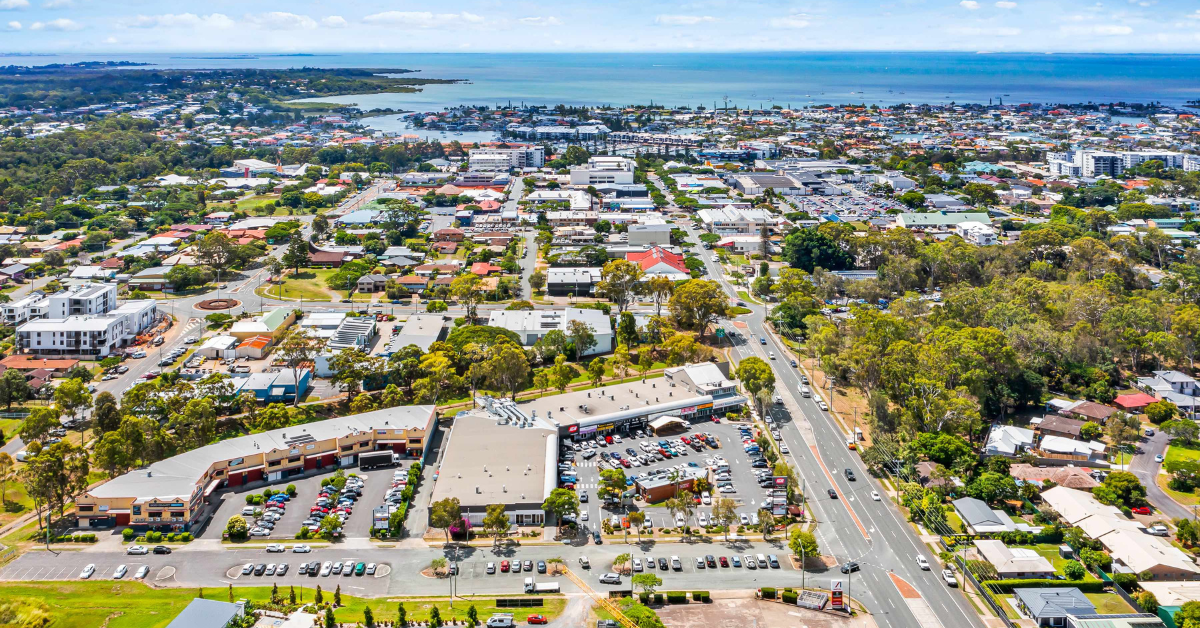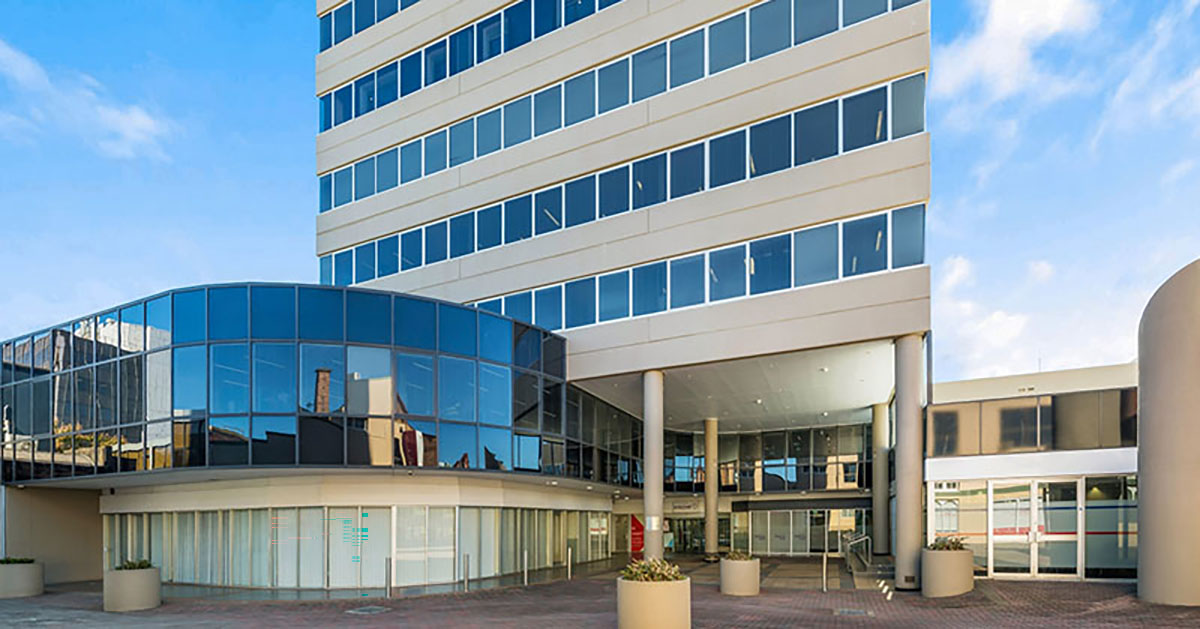What’s Your Strategy Amidst the COVID Recovery?

As Australia's economic recovery from COVID-19 gets underway, business owners and investors are reviewing how to leverage the market environment for their commercial property strategies.
Gross Domestic Product (GDP) for the December quarter reached 3.1%. The positive quarter followed on from the preceding September period (3.4%) and did a lot to restore market confidence following the 7% GDP decline in the June period.
The roll-out of the COVID-19 vaccine and Australia's comparative management of the pandemic have helped restore confidence which was dented by a series of snap lockdowns and border closures around the country.
The various commercial property sectors have operated at different speeds following the declaration of the pandemic, a year ago. Tourism assets, for instance, remain challenged by the international travel restrictions.
The industrial sector supported the national economy against the backdrop of lockdowns and will play a leading role in its ongoing recovery.
Well-appointed industrial facilities with access to arterials, air and seaports, have been in demand from transport and logistics operators who have kept the nation's supermarkets, biomed producers and other essential services supply chains open.
Warehouse assets in proximity to greenfield residential corridors have also been sought-after amongst the construction sector servicing housing demand created by the Federal HomeBuilder Grant and other state-based building incentives.
The housing incentives have been amplified by the monetary policy of the RBA.
With suggestions that the cash rate will remain around the 0.1% mark for as much as three years, monetary policy has also had an influence on the wave of owner-occupants looking to upgrade their workplaces; tenants are also joining the rush to owner occupancy, yields have firmed in the majority of the capital city markets over the last 12 months.
There's been a large question mark over office assets as the stay-at-home directive during COVID has morphed into ongoing flexible work arrangements. Some people have observed this trend as the death of the office.
However, the flexibility that zoom calls and project management apps have delivered have not overcome some benefits of the office: culture and social interaction.
A blend of in-office and work from home arrangements will likely be the scenario for most capital cities in the immediate term. There's word that many government departments and agencies are planning full returns to the office for their workforces as a way of stimulating the surrounding CBD economies.
There's also been a flight to quality after the pandemic: fringe professional services operators have taken advantage of more competitive leases in higher grade facilities - often, they are within the same buildings as their lead clients.
The retail sector continues to find its feet against changed spending behaviours from consumers, which accelerated during coronavirus shutdowns. Tenants need to find a point of difference to succeed in retail: unique services and products that appeal to an important niche.
As residential property prices in major - and several regional markets - continue to rise, traditional residential investors could turn their attention to the commercial property market in 2021 with stronger yields and longer-term leases on offer.
If you're wanting to capitalise on market conditions or a local expert's review of your property strategy, contact your local LJ Hooker Commercial office today.



